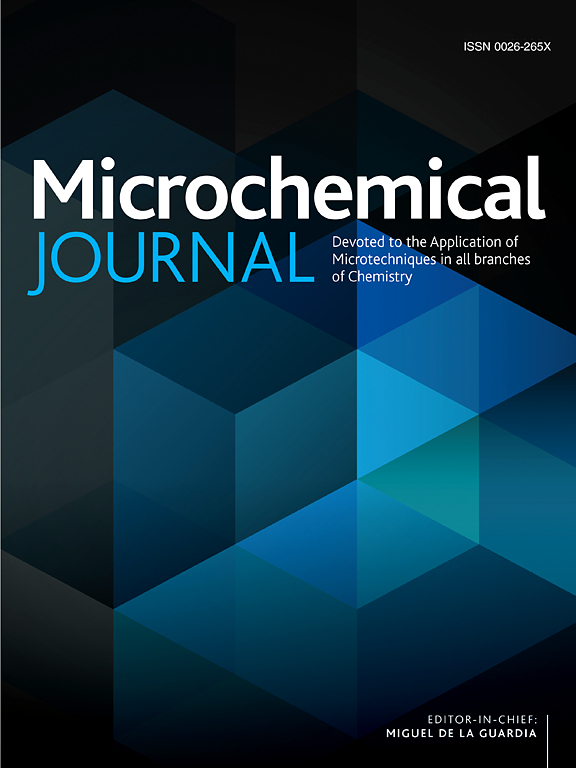Construction of a dual signal recognition electrochemical electrode for detection of vancomycin concentration in plasma
IF 4.9
2区 化学
Q1 CHEMISTRY, ANALYTICAL
引用次数: 0
Abstract
This study addresses the urgent clinical need for rapid and precise adjustment of antibiotic blood drug concentrations by proposing a novel vancomycin detection strategy based on the synergistic molecularly imprinted polymer-peptide dual recognition mechanism. By integrating the preassembled specific cavities of molecularly imprinted polymers (MIPs) with the bioaffinity sites of a short peptide sequence, we constructed an electrochemical electrode with dual-recognition functionality, effectively overcoming the limitations of poor selectivity in traditional single-recognition systems under complex matrix conditions. Experimental results demonstrated that the dual-recognition electrode achieved dual-dimensional improvements in both sensitivity and selectivity for vancomycin. Through systematic optimization of critical parameters such as template molecule/peptide concentration, electropolymerization cycles, and interface assembly sequence, the electrode exhibited an ultralow detection limit of 0.88 µg mL−1 (signal-to-noise ratio, S/N = 3) in plasma samples. Clinical sample analysis further confirmed strong consistency with the EMIT®2000 Vancomycin Assay, highlighting the remarkable advantage of the dual-recognition strategy in accurately capturing target molecules. This method provides a solution with high sensitivity, high anti-interference capability, and clinical applicability for the dynamic monitoring of antibiotic therapeutic windows.
血浆中万古霉素浓度双信号识别电化学电极的构建
本研究提出了一种基于分子印迹聚合物-肽双识别机制的万古霉素检测新策略,解决了临床对抗生素血药浓度快速精准调节的迫切需求。通过将分子印迹聚合物(MIPs)的预组装特定空腔与短肽序列的生物亲和位点相结合,构建了具有双重识别功能的电化学电极,有效克服了传统单一识别系统在复杂基质条件下选择性差的局限性。实验结果表明,双识别电极对万古霉素的灵敏度和选择性均有二维的提高。通过对模板分子/肽浓度、电聚合周期和界面组装顺序等关键参数的系统优化,该电极在血浆样品中的超低检出限为0.88µg mL−1(信噪比,S/N = 3)。临床样品分析进一步证实了EMIT®2000万古霉素测定法的强一致性,突出了双重识别策略在准确捕获目标分子方面的显着优势。该方法为抗生素治疗窗口的动态监测提供了一种灵敏度高、抗干扰能力强、具有临床适用性的解决方案。
本文章由计算机程序翻译,如有差异,请以英文原文为准。
求助全文
约1分钟内获得全文
求助全文
来源期刊

Microchemical Journal
化学-分析化学
CiteScore
8.70
自引率
8.30%
发文量
1131
审稿时长
1.9 months
期刊介绍:
The Microchemical Journal is a peer reviewed journal devoted to all aspects and phases of analytical chemistry and chemical analysis. The Microchemical Journal publishes articles which are at the forefront of modern analytical chemistry and cover innovations in the techniques to the finest possible limits. This includes fundamental aspects, instrumentation, new developments, innovative and novel methods and applications including environmental and clinical field.
Traditional classical analytical methods such as spectrophotometry and titrimetry as well as established instrumentation methods such as flame and graphite furnace atomic absorption spectrometry, gas chromatography, and modified glassy or carbon electrode electrochemical methods will be considered, provided they show significant improvements and novelty compared to the established methods.
 求助内容:
求助内容: 应助结果提醒方式:
应助结果提醒方式:


